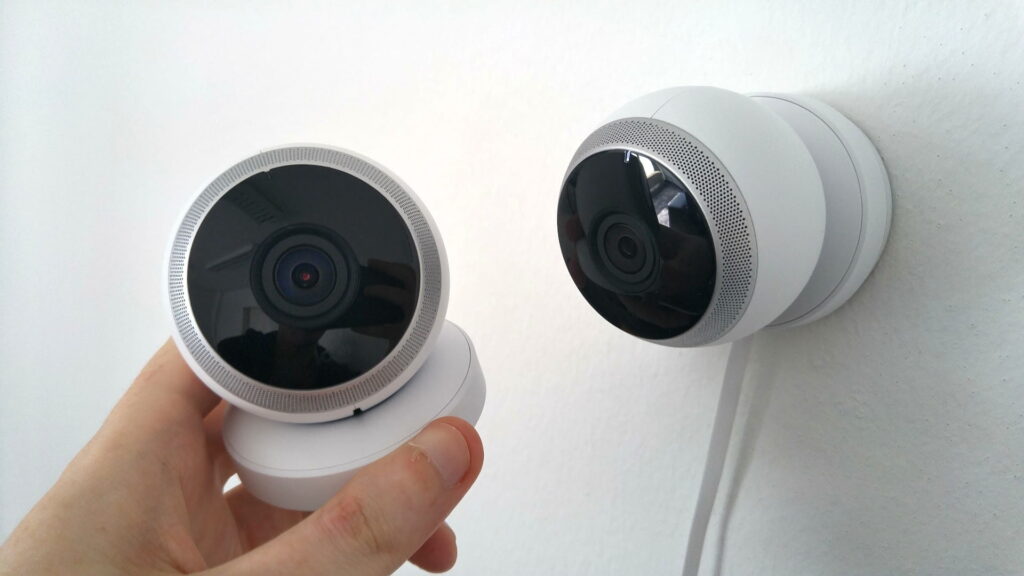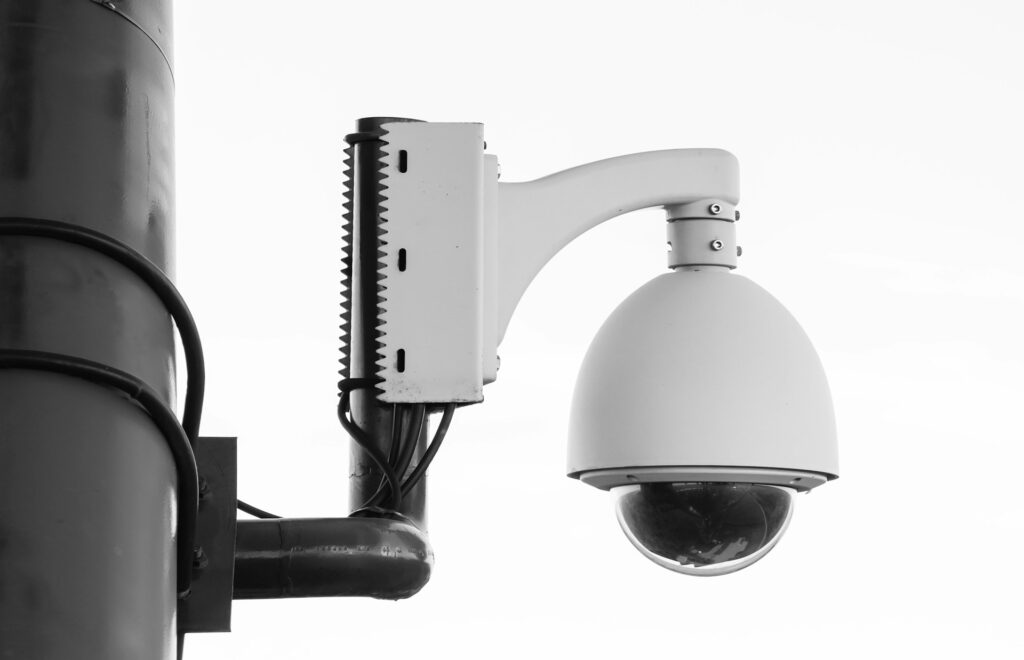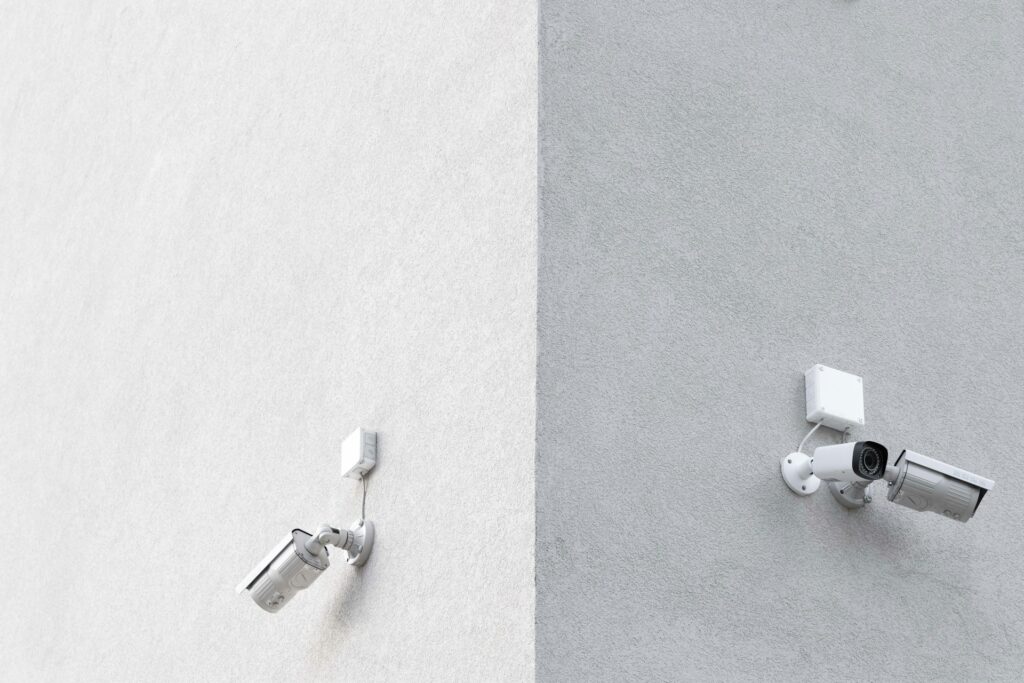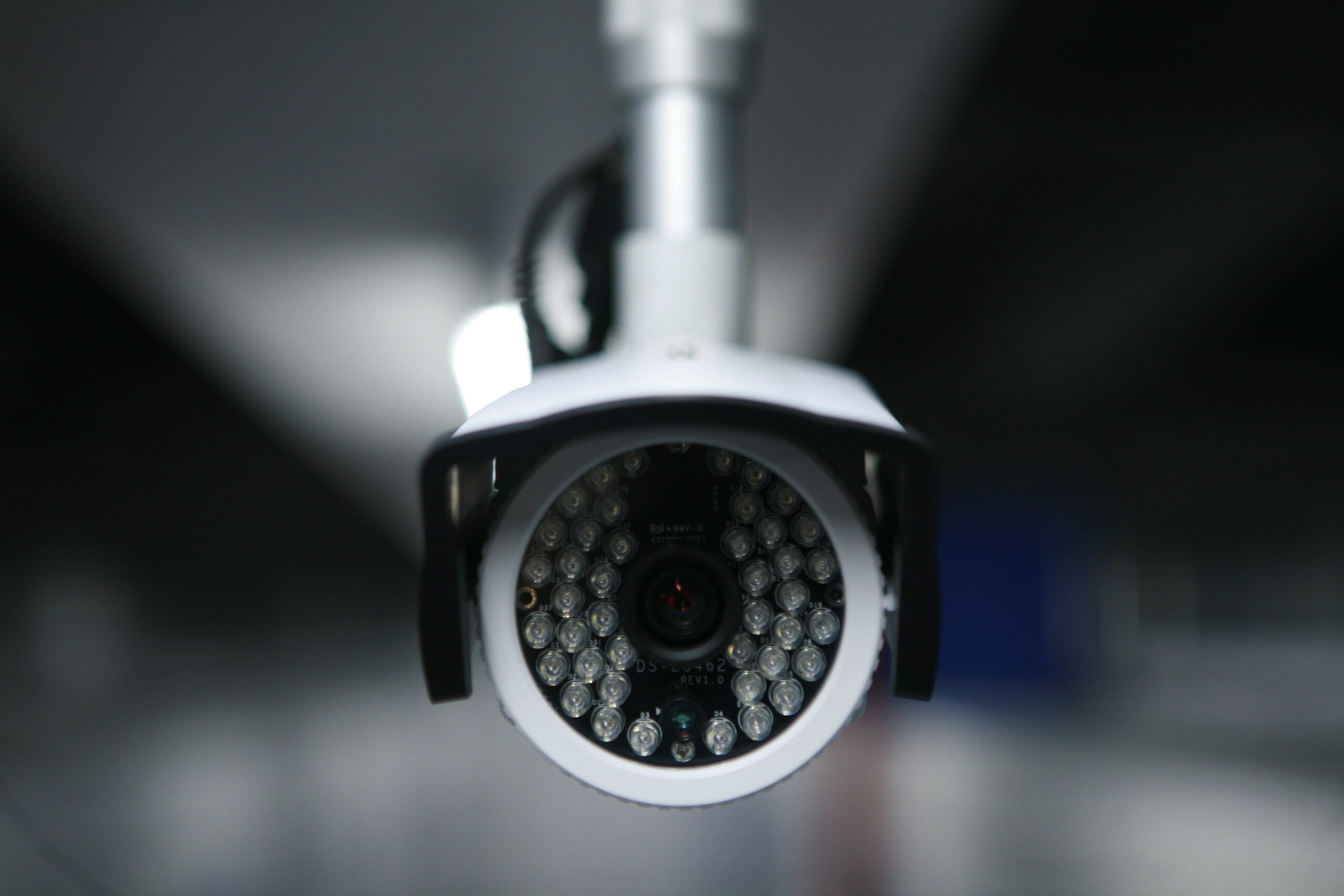As communities grow closer and shared spaces become more common, it’s natural to think about keeping these areas safe. It’s just a reality that communities without cameras tend to attract more break-ins. In fact, thieves themselves even admit that they’ll avoid properties where cameras are present. For property managers or HOA board members considering the installation of security cameras, it is crucial to be well-versed in CCTV installation standards to ensure effective and compliant deployment.
CCTV systems are a bit like adding an additional watcher to your security team. They keep an eye on things when you can’t and have become a vital part of keeping our spaces safe. However, installing these cameras isn’t just plug-and-play. You need to be mindful of US regulations that cover privacy and legal consent.
This guide aims to simplify these rules for easy understanding and directs you to resources for local CCTV standards, ensuring you’re informed before adding this layer of protection to your property. We’ll be covering:
- What is a CCTV System?
- CCTV Installation Standards: Privacy, Consent and Ethics
- Installation Standards for CCTV Systems in Communal Spaces
- Securing the Future of Communities with Proptia
What is a CCTV System?
Before diving into standards, it’s important to highlight what CCTV is, and what it isn’t.
At its core, CCTV is a surveillance mechanism that enables the monitoring and recording of activities within and around shared environments. It acts as a deterrent against unlawful activities and is a critical tool in incident resolution and evidence gathering.
Key Components of a CCTV System
A comprehensive CCTV system comprises several pivotal components, each playing a unique role in the surveillance process:
- Cameras: The eyes of the system, capturing live footage from designated areas.
- Recording Devices: These units store the video captured by cameras for future reference or evidence.
- Monitors: Screens that display the live or recorded video, allowing security personnel or residents to oversee the situation.
- Network: Facilitates the transmission of video data from cameras to recorders and monitors, often employing digital technology for seamless connectivity.
Types of CCTV Systems
CCTV technology has evolved, branching into various systems to meet diverse security needs:
- Digital Systems: Offer lower quality video, easy storage, and fast retrieval of footage.
- Networked or IP Systems: Utilize internet protocols, enabling remote monitoring over the internet. These systems generally offer higher-quality video footage.
- Cloud Systems: Store footage off-site in the cloud, ensuring data is safe and accessible from anywhere.
Selecting the Right Cameras for Communal Security
Different environments necessitate specific types of CCTV cameras, each with its unique features:
- Dome Cameras: Discreet and resilient, ideal for indoor communal spaces like lobbies and corridors.

Image: Piqsels
- PTZ (Pan-Tilt-Zoom) Cameras: Offer remote directional and zoom control, perfect for covering large outdoor areas.

Image: Unsplash
- Bullet Cameras: Recognized for their long-range visibility, suitable for monitoring parking lots and perimeter fences.

Image: Unsplash
Advanced features such as infrared (IR) illumination for night vision, color vision capabilities, and weatherproofing enhance the utility of these cameras, ensuring round-the-clock surveillance under various conditions.
By understanding the nuances of CCTV systems, communities can tailor their security infrastructure to provide a safer environment for everyone involved.
CCTV Installation Standards: Privacy, Consent and Ethics
Ensuring the security of communal spaces with CCTV systems involves more than just selecting the right equipment.
It’s crucial to adhere to a set of installation standards and practices that not only enhance the effectiveness of these systems but also ensure they comply with legal and ethical considerations.
Privacy and Consent Laws
In the U.S., privacy laws are paramount when installing CCTV systems. It’s essential to strike a balance between enhancing security and respecting individuals’ privacy rights. Key considerations include:
- Consent: In areas where individuals have a reasonable expectation of privacy (e.g., inside their homes), obtaining consent is crucial before any surveillance can be legally conducted.
- Public Areas: Video recording in public areas is permitted in all 50 states, provided it does not infringe on individuals’ expectations of privacy.
- Audio Recording: The legality of audio recording hinges on state-specific laws. States are categorized as either one-party consent or all-party consent states. One-party consent laws allow audio recording if one party (including the person doing the recording) consents, whereas all-party consent laws require the consent of everyone involved.
Placement Restrictions
Certain areas are off-limits for CCTV installation to protect privacy rights:
- Private Spaces: Restrooms, changing rooms, and private residences cannot have surveillance cameras without explicit consent from the individuals affected.
- Sensitive Areas: Places where a higher degree of privacy is expected, such as locker rooms or private offices, also demand careful consideration and often require clear signage or consent.
Installation Standards and Best Practices
Professional installation and a well-thought-out plan are essential to leverage the full potential of CCTV systems while adhering to legal standards.
Professional Assessment
- Vulnerability Assessment: A professional assessment can identify vulnerable spots within the community that require surveillance. This strategic placement ensures maximum coverage without intruding on privacy.
- Optimal Coverage: Professionals can advise on the right mix and placement of cameras to cover critical areas without redundancy, ensuring efficient use of resources.
Compliance and Respectful Use
- Signage: Clearly visible signs indicating the presence of CCTV cameras can serve as both a deterrent to potential criminals and a way to ensure transparency with community members. Please also note that signage is not a legal requirement.
- Regular Reviews: Regularly reviewing CCTV policies and the positioning of cameras can help in maintaining compliance with evolving laws and community standards.
Resources for Further Information
Staying informed about the latest in CCTV laws and best practices is vital for communities looking to implement these systems. Here are some resources to consider:
- State and Local Government Websites: Offer detailed information on specific laws and regulations regarding surveillance in your area.
- American Civil Liberties Union (ACLU): Provides insights into privacy rights and surveillance laws.
- Electronic Frontier Foundation (EFF): Offers resources on digital privacy, including surveillance and data protection.
- Professional Security Associations: Bodies like ASIS International and the Security Industry Association (SIA) offer guidelines and educational resources on the ethical and effective implementation of CCTV systems.
Incorporating CCTV systems into community security plans requires careful planning and adherence to legal and ethical standards.
By following established installation standards and best practices, communities can ensure their surveillance efforts are both effective and respectful of individual privacy rights.
Engaging with professional assessors, staying abreast of laws and regulations, and fostering transparency with community members are crucial steps in deploying a surveillance system that safeguards communal spaces while upholding the highest standards of privacy and consent.
Installation Standards for CCTV Systems in Communal Spaces
Installing CCTV systems in communal environments requires a meticulous approach that not only ensures optimal functionality and coverage but also adheres to technical standards and best practices.
This section delves into the fundamental installation standards that communities should follow to maximize the effectiveness and reliability of their CCTV surveillance systems.
Technical Installation Standards
- Camera Placement and Field of View: Cameras should be strategically placed to cover all critical areas, including entry and exit points, common areas, and perimeters. The field of view should be clear of obstructions, ensuring comprehensive surveillance coverage without blind spots.
- Height and Accessibility: Cameras should be installed at a height that balances the need for a wide field of view with the requirement to minimize tampering and vandalism. Accessibility for maintenance, yet secure against unauthorized access, is also crucial.
- Lighting and Visibility: Proper lighting is essential for capturing clear footage, especially in low-light conditions. Cameras with infrared (IR) capabilities may be employed for night vision, and additional lighting should be considered in areas with poor illumination.
- Weather and Vandalism Protection: Outdoor cameras must be equipped with weatherproof casings to withstand adverse weather conditions. Vandal-resistant cameras with durable casings are recommended for areas prone to tampering.
- Wiring and Power Supply: Ensure that wiring is properly secured and protected to prevent damage or tampering. Power supplies should be reliable, with backup options in place to keep the system operational during power outages.
- Network and Connectivity: For IP and networked systems, stable and secure network connectivity is essential. Adequate bandwidth must be ensured to support the transmission of high-quality video without lag or downtime.
Compliance and Professional Evaluation
- Compliance with Local Codes: Installation must comply with local building and electrical codes. This includes proper routing of cables, use of appropriate fixtures, and securing necessary permits.
- Professional Evaluation: Engaging with professional security system installers who are familiar with the latest standards and technologies can provide invaluable insights. These professionals can ensure that installations meet both technical and legal requirements, offering peace of mind to communities.
Adhering to these installation standards is critical for the effective deployment of CCTV systems in communal spaces. By following these guidelines, communities can create a secure environment that deters criminal activity and enhances the safety of all residents.
Securing the Future of Communities with Proptia
At Proptia, we understand that creating a safe community involves more than just installing cameras. To truly secure your space, you need to follow the right standards and legal guidelines.
When setting up a CCTV system, it’s important to involve experts who know exactly what they’re doing. The process can get pretty detailed—especially when you’re integrating those cameras with other security systems like door access controls or gates.
Luckily, at Proptia we work with some of the best installation partners out there who are ready and equipped to meet all your camera setup needs. If you need someone local for your project, give us a shout—we’re here to make things easier for you.
We’re dedicated to pushing the boundaries of what security means by offering top-quality services and products designed to work perfectly with existing CCTV setups.
Whether it’s tech that identifies license plates in an instant or access technologies that manage credentials smartly, our aim is not only about complementing current surveillance tactics but raising the bar on safety altogether in our communities.
With us by your side, let’s create places where feeling safe isn’t just hoped for—it’s assured.

